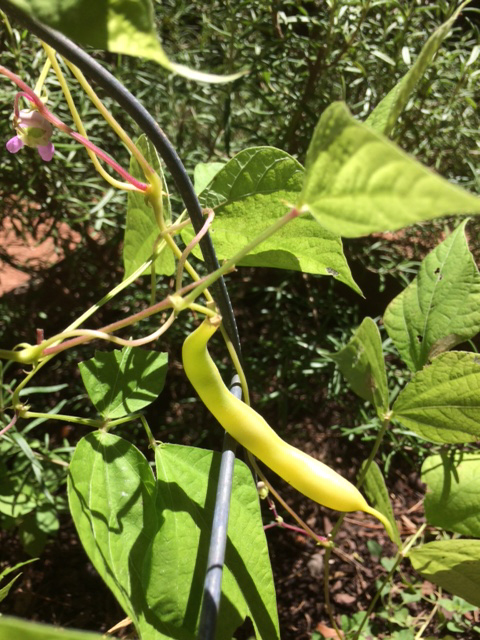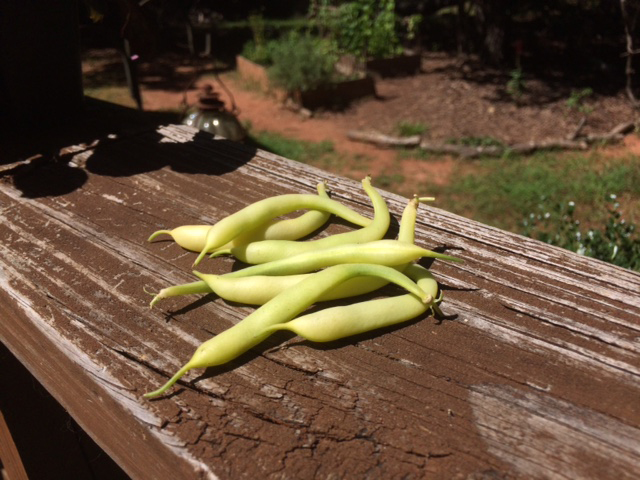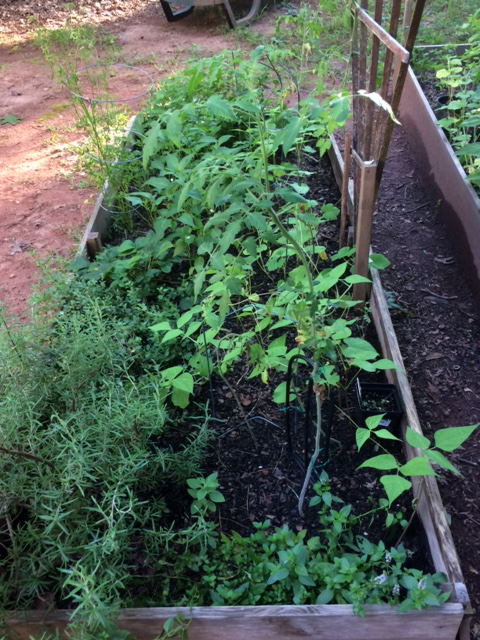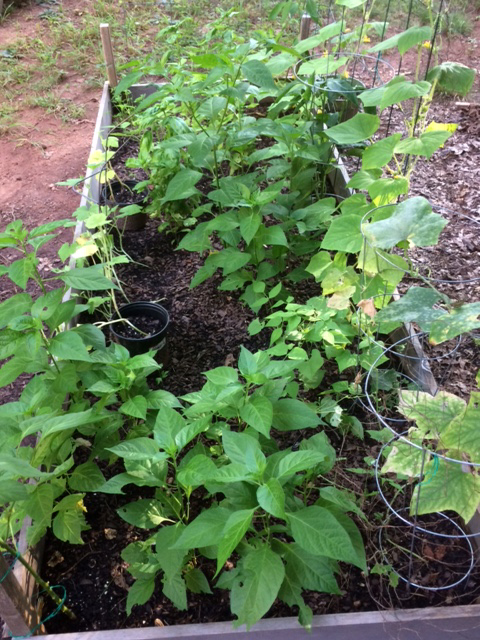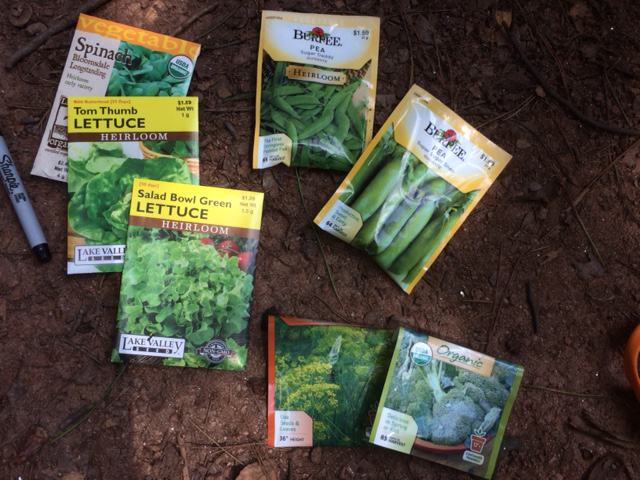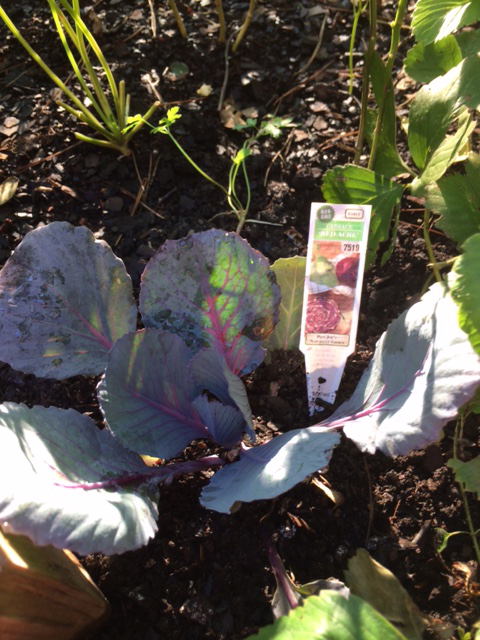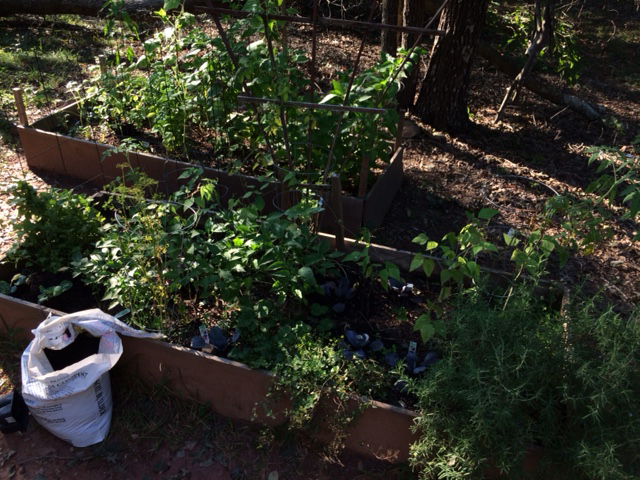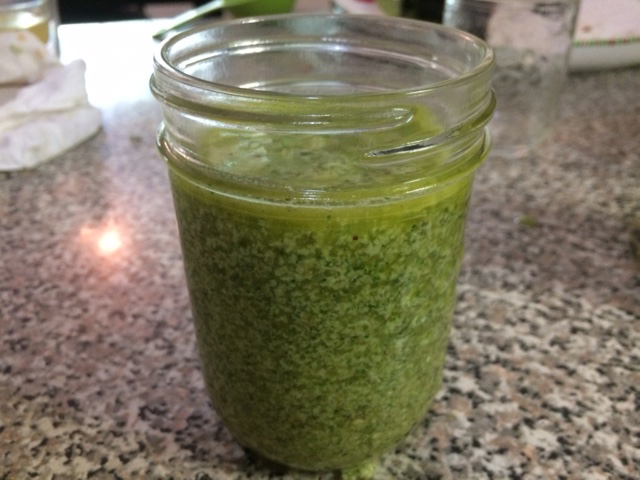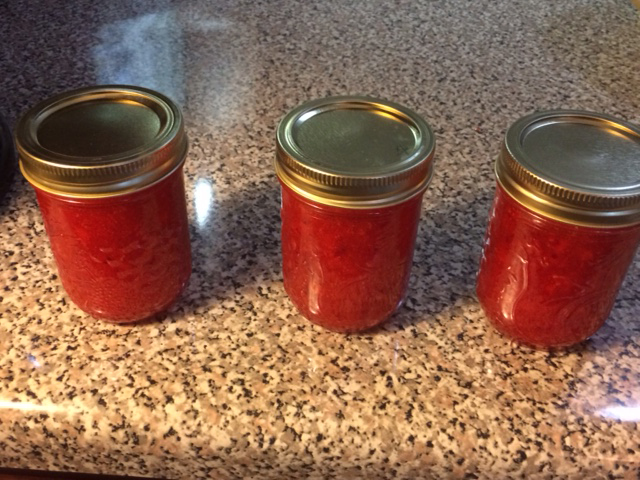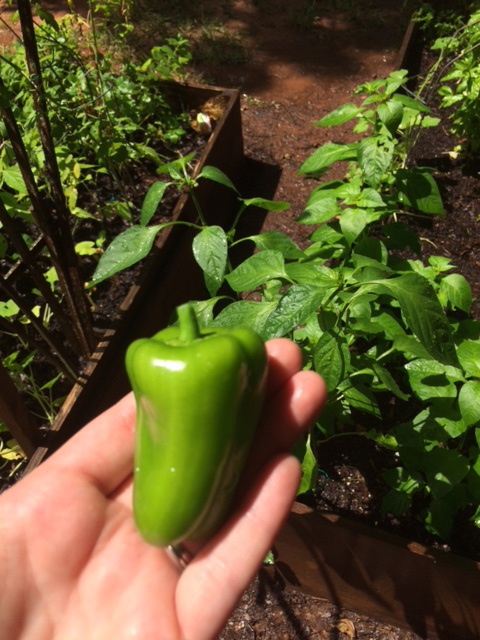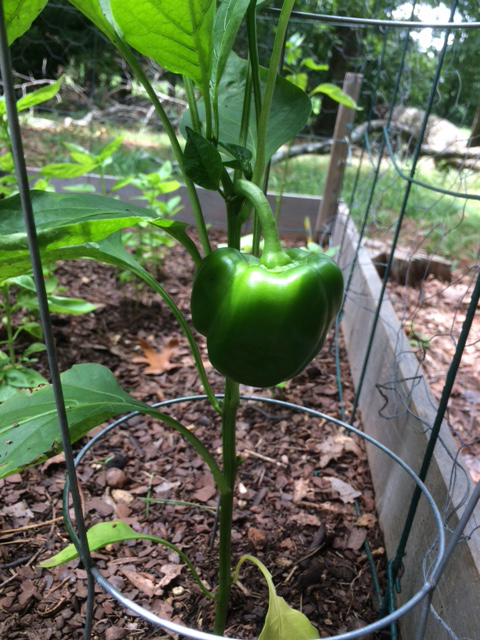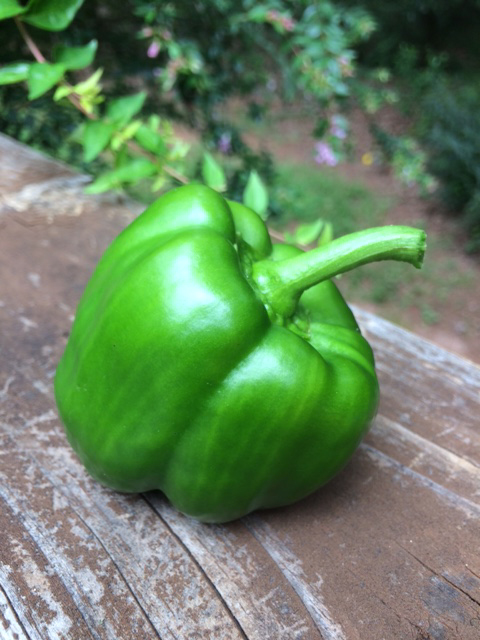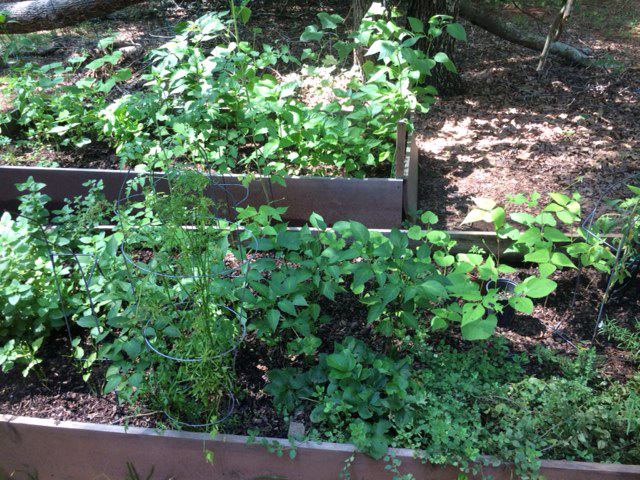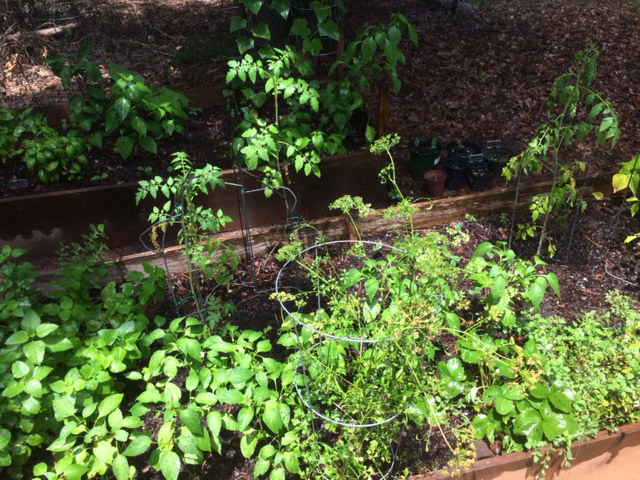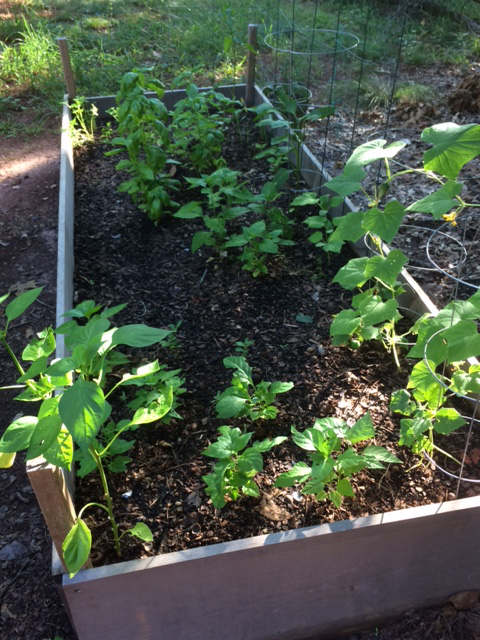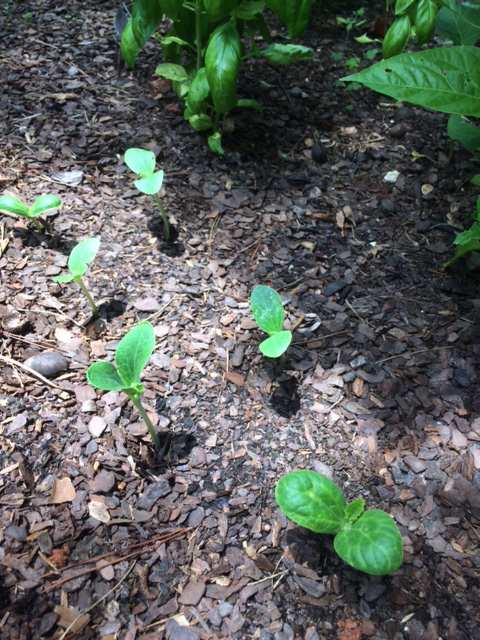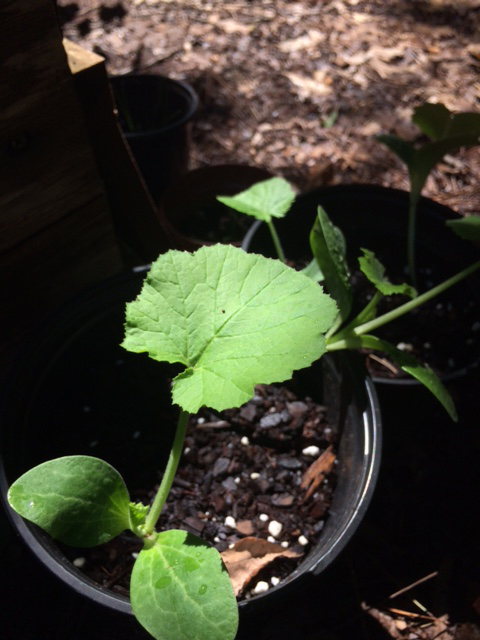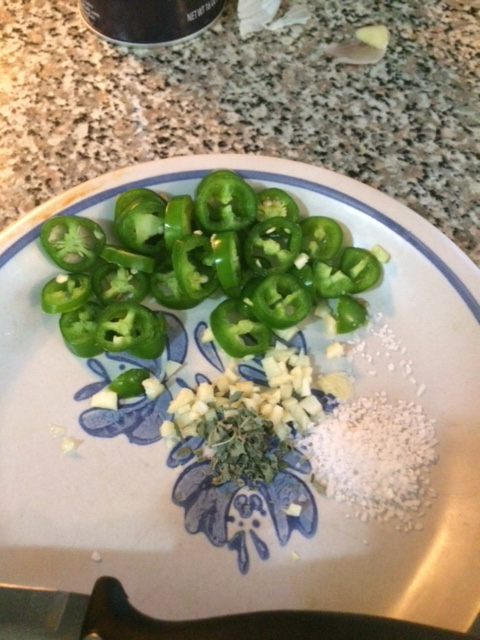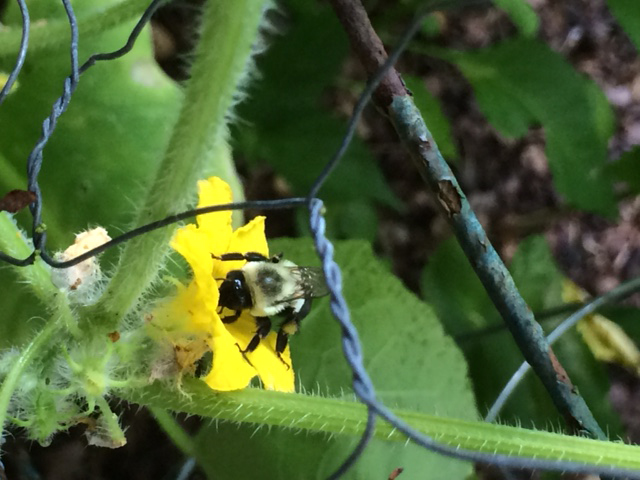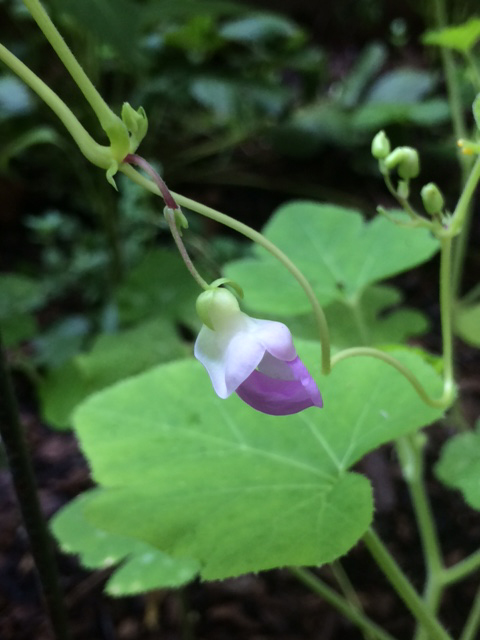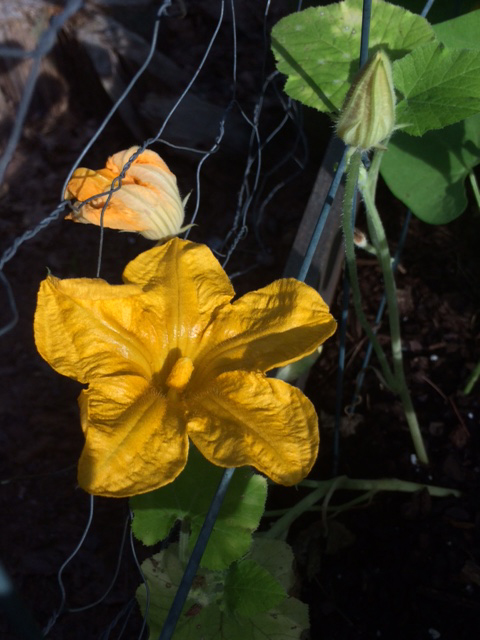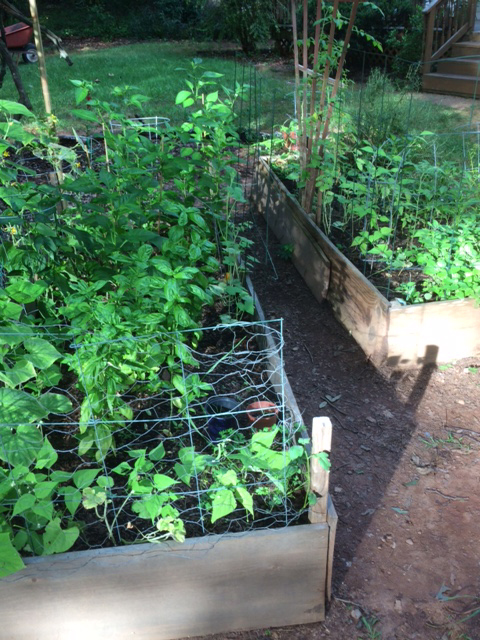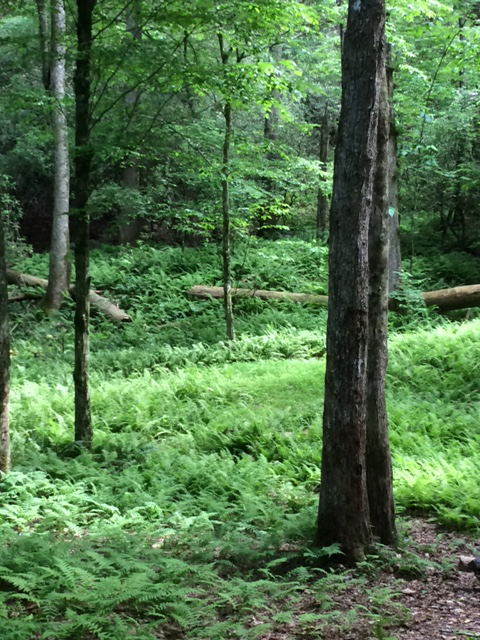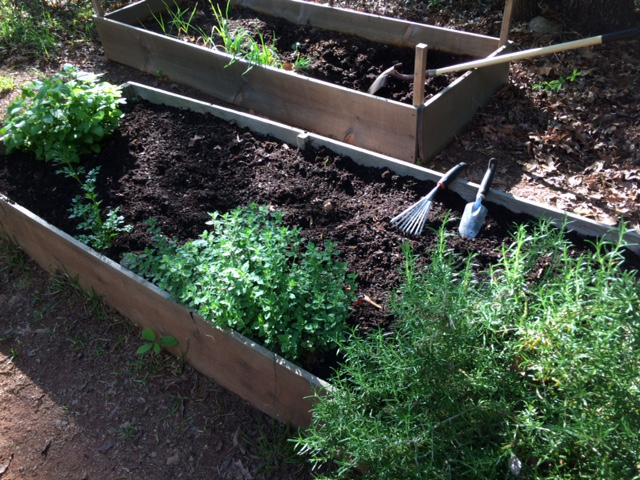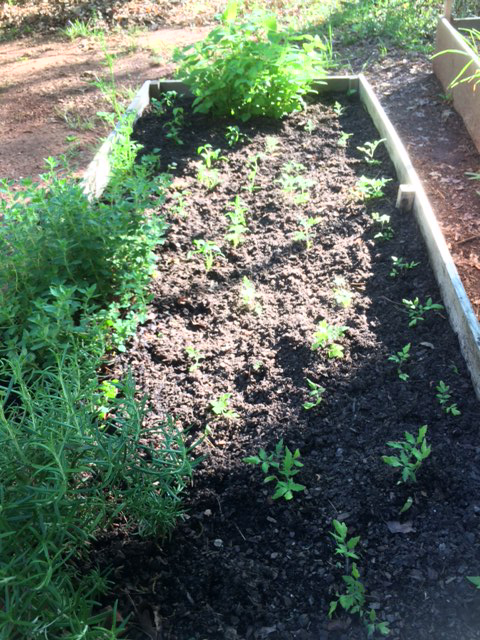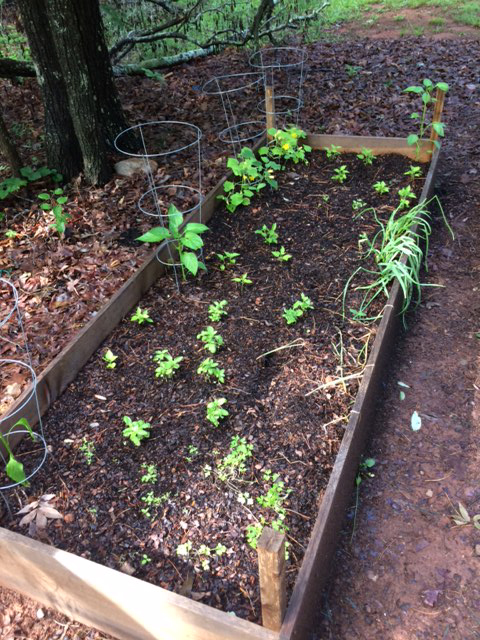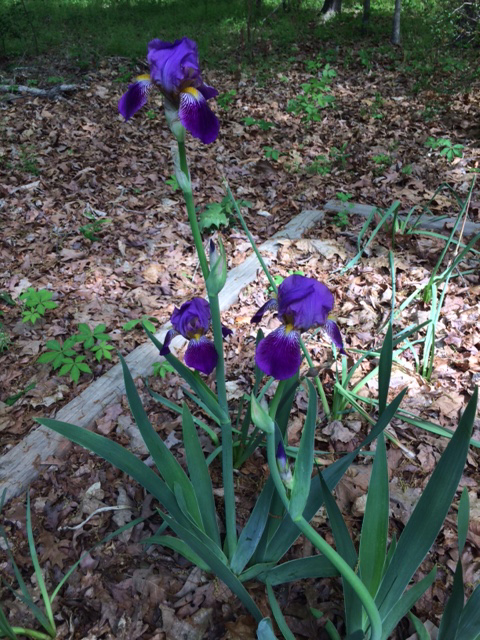Crabapple –
My husband & I pruned heavily with the new polesaw, in Spring 2017. The Crabapple has filled out beautifully since the great pruning, and the smaller size and shaping fits the front of the house much better.
I identified this crabapple tree as a Centurion variety. Thanks mostly to the Colorado State University Extension Crabapple Identification page & Southern Living. I also looked at pics online. I didn’t know there are so many different varieties.
Abelia-
Prune twice per year. First prune heavily in early Spring & then again in late Summer if necessary to shape prune. They smell so good, probably due to being related to honeysuckle. I love, love this shrub. Blooms from May til frost!
Dave’s Garden gives more details about this gorgeous plant.
Gardenia-
Only bloom on Old Wood, so I usually prune lightly in the Spring before blooms emerge in May. I don’t have the heart to cut the beautiful, fragrant flowers while they are open. I prune after it blooms, if not before.
I pruned the huge gardenia last week finally -early May 2018. See pic below. No blooms yet, and lots of fill in growing to do this season. It will help stimulate new growth and make a healthier shrub in the future.
Loropetalum-
I prune every few years as needed in the early Spring. I pruned heavily in early March of 2018, but it is still very big, and has crossing branches. This shrub needs a major cut back again either later this year or next spring, maybe both.
This post by Walter Reeves on pruning Loropetalum makes me laugh about the “needs little pruning” statement. Mine always has a natural look, especially now immediately after pruning, but I would like a more rounded appearance eventually.
Tools used: Long Pole Saw, Long Handled Loppers, Hedge Trimmers, Greenworks Chainsaw- this is new, and awesome. Quiet & No Gas & Powerful.
I didn’t prune this azalea this year, but included it because it was spectacular this Spring. I will posts pics and details soon about all the great Native Plants I have planted in my landscape the last few years, like the Native Azaleas & Oakleaf Hydrangea. I love the Georgia Native Plant Society’s website for information on Georgia Native Plants. Also Raised Beds, Seeds, and 2018 Garden post to follow soon!

















